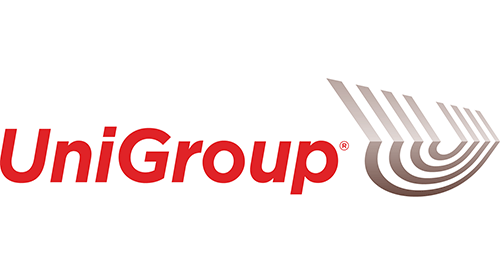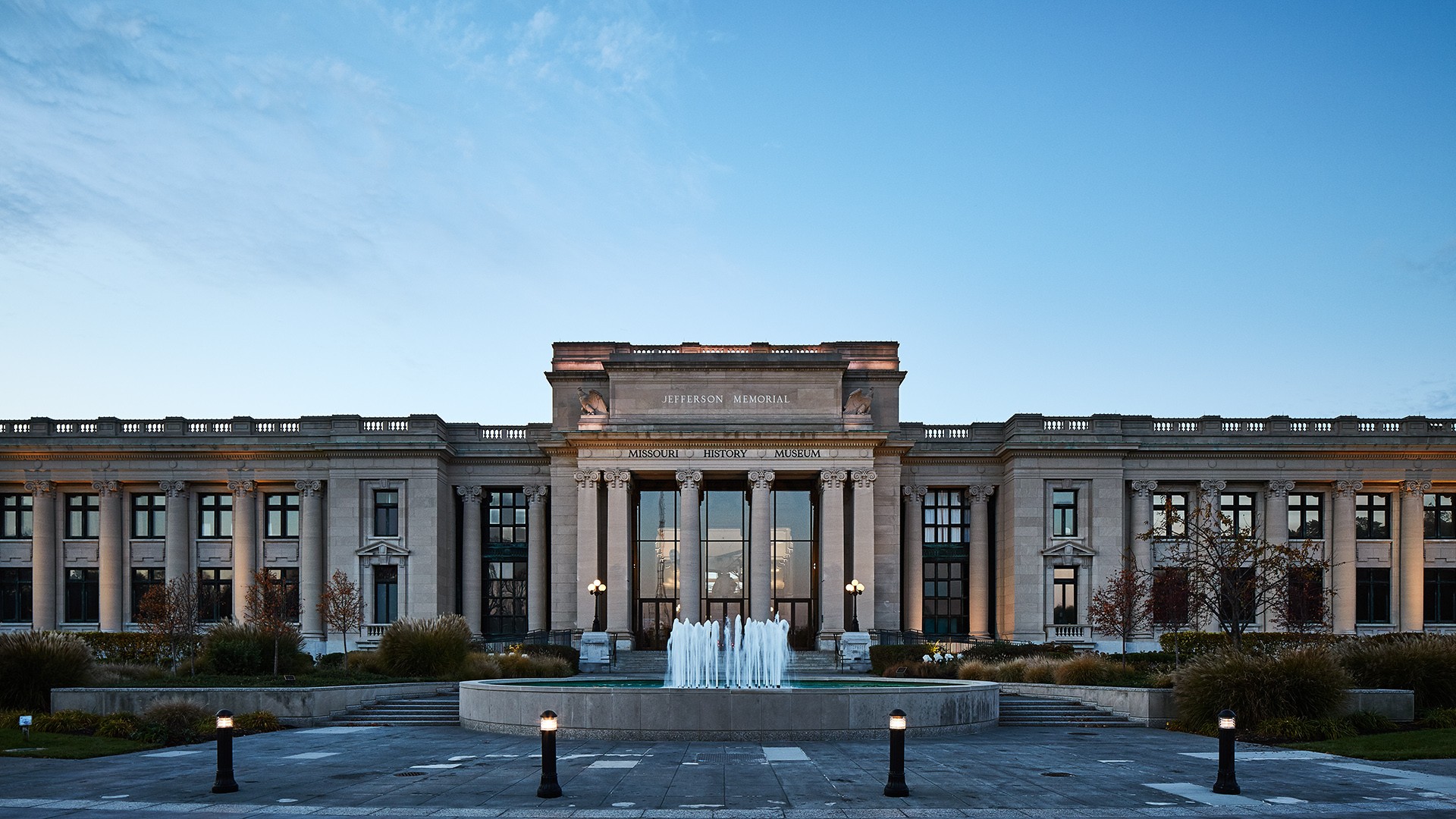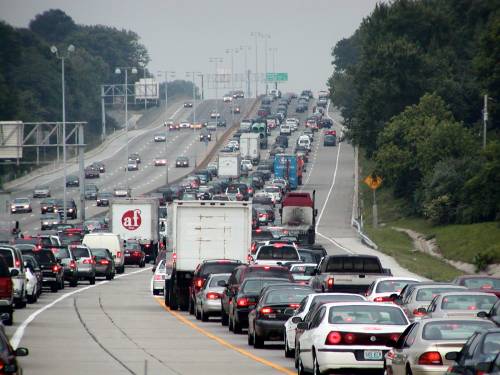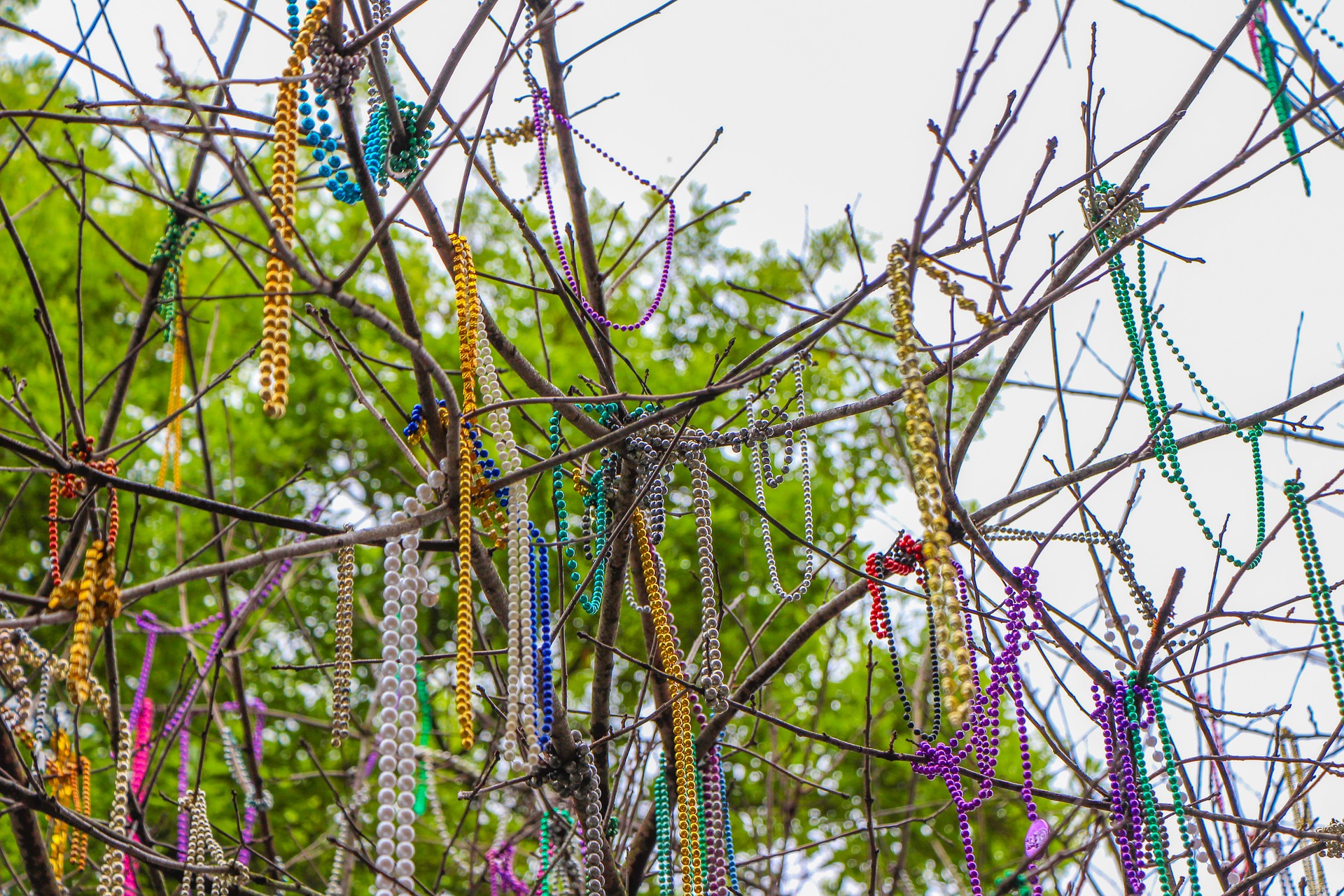As the Clean Air Partnership works to encourage activities that reduce emissions this summer, we continue to recognize the great work and innovative initiatives of businesses that are committed to clearing the air in the St. Louis region. This month, we’re shining a spotlight on UniGroup for their commitment to providing industry-leading transportation solutions while emphasizing the importance of sustainable business practices.
UniGroup, headquartered in suburban St. Louis, is a $1.7 billion moving and transportation company that aims to deliver the highest quality of service to area residents and customers around the world. As one of the most well-known names in the moving industry, the organization understands the importance of operating with an eye towards sustainability in order to achieve their mission.
A proud participant of the St. Louis Green Business Challenge and a champion of sustainability, UniGroup uses the Challenge as motivation to continually make strides towards improving three major areas: people, environment and future of the business. In 2018, the organization received the Achievement Award in the Star Circle of Excellence and an Award of Merit at the Champion Level, the highest level of competition. To achieve the title of Challenge Champion, businesses must have completed work with the Leader scorecard in past years and commit to continued implementation of deeper sustainability strategies, such as reducing energy usage by at least 25% and diverting waste by 75% or greater.
To follow through with their commitment, UniGroup has improved sustainability by installing LED lights, reducing electricity usage and increasing participation in their sustainability challenge by 33% overall. They even hold their own Earth Week Celebration in which individuals are encouraged to participate in roadside clean up, nature film viewings, a wellness fair, and hiking and biking events. In 2013, UniGroup formed the UniGreen Team, a committee of volunteers from business units throughout the company who regularly meet to identify and advance projects that support their sustainability focus. Some of these green initiatives included the installation of solar panels and high efficiency heating systems, ENERGYSTAR certification, ISO 14001 certification and more.
UniGroup continues to look for ways to engage its agents in sustainability efforts and how they can do more to reduce environmental impact. From a UniGreen Team member’s suggestion, the company hosted its first webinar with United and Mayflower agents to discuss the benefits of balers for cardboard and paper associated with moving services. The UniGreen Team also worked with UniGroup’s art and box purchasing departments to create a logo for moving boxes to remind customers to ReUse, ReCycle, or ReTurn their empty boxes!
To learn more about the link between sustainability and air quality, explore our website, like us on Facebook or follow us on Twitter at @gatewaycleanair. For additional information on the sustainable efforts underway by UniGroup and how your company can get involved in the St. Louis Green Business Challenge, visit http://stlouisgreenchallenge.com/.










